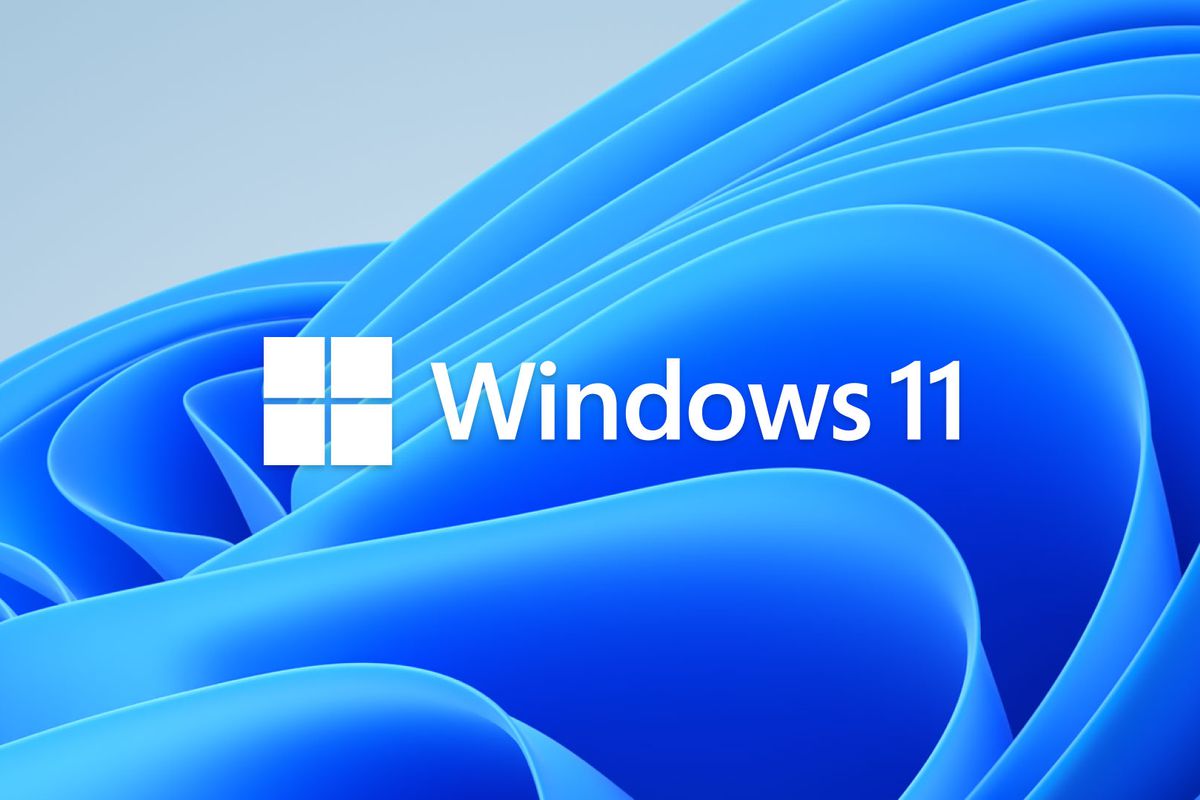Millions of computer users that run Windows 10 operating system, were expecting to upgrade to Windows 11 when the update became available on October 5th. Many tech writers assumed that the rollout for the new operating system would not be as seamless as some Microsoft representatives suggested that it would be. These writers were correct, as on launch day millions of users discovered that the computers they are currently using do not match with the specifications needed to run Windows 11.
Many users were expecting the opportunity to upgrade their systems when they turned their computers on. However, the update was not something that appeared upon launching Windows 10. In order to find the upgrade the user has to go to their settings app, and at the top of the page they will see the opportunity to upgrade to Windows 11. Beneath this option is a download for a Windows PC Checker application that will scan the computer and determine if it meets the requirements for Windows 11. After downloading this program, many users discovered that their processors or other components of their computer did not match the requirements.
Even some relatively new PCs did not meet the requirements. In my case, for example, I attempted to upgrade to Windows 11 on a laptop with a fairly new AMD processor and over 800 GB of free disk space. Although my computer has plenty of room for Windows 11 and a fast processor it was denied the update because the processor was not listed as one that is compatible with the new operating system.
Millions of other Windows users experienced the same thing. However, there was a way to bypass the requirement portion and continue to install Windows 11. In order to do this, the user needs to go to Microsoft’s Official Website with the link to install Windows 11. If you scroll to the end of the page, there is the option to download the ISO version of Windows 11. This will install Windows 11 on a virtual machine and give users complete access to the operating system. Microsoft acknowledged this possibility and made a public statement regarding it; the company invited users to experience Windows 11 in this form but made it clear that they may not be sending upgrades for security for the ISO version.
Some people were able to bypass the requirements and successfully install Windows 11. However, it was not very many users that had success with this route. In my experience, I downloaded the ISO version and before the installation process was complete I received an error message regarding my processor. It is unclear why some users were able to bypass this and others were not.
If you had my experience, there is only a couple things that can be done. One is to continue to use Windows 10. Microsoft has already committed to supporting Windows 10 until 2025. The other option is to buy a computer with the appropriate specifications, or one that has Windows 11 already installed at purchase. In my opinion, Windows 10 was a significant innovation from Windows 7 and Windows XP and I do not mind using it for now. The only vulnerabilities that are of concern with Windows 10 is the lack of inherent security. The operating system may not have security applications to protect it; therefore, it is safe to suggest that Windows 10 users that have a fast processor and lots disk space should install a security program to protect their data while they wait for the opportunity to upgrade to Windows 11 at a later stage.


